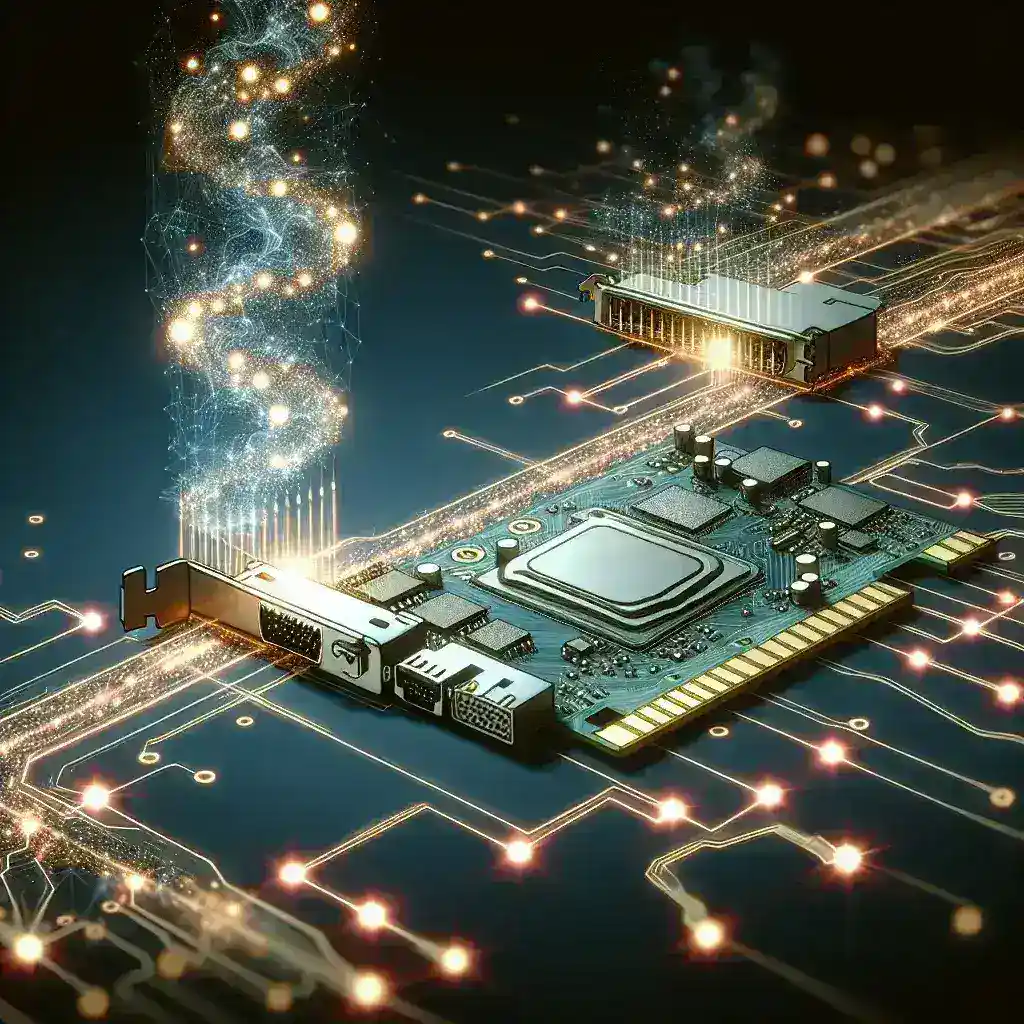Introduction
Updating the firmware on a network adapter is a crucial task to ensure optimal performance, security, and compatibility with other devices. Firmware updates can remedy bugs, enhance features, and provide improvements to the network adapter’s capabilities. This guide will give you a step-by-step process to update your network adapter’s firmware efficiently and safely.
Why Update Network Adapter Firmware?
Firmware updates are essential for several reasons. Here are some key benefits:
- Performance Improvements: Updates can enhance the speed and efficiency of your network adapter.
- Security Patches: They often include fixes for vulnerabilities and security loopholes.
- Compatibility Enhancements: Updates ensure compatibility with the latest devices and technologies.
- Bug Fixes: They can resolve issues that may cause network failures or connectivity problems.
Pre-requisites
Before you start the firmware update process, ensure you have the following:
- A stable internet connection
- Administrative privileges on your computer
- Firmware update file from the manufacturer
- Backup of current network adapter settings, if possible
Steps to Update the Firmware
Step 1: Identify Your Network Adapter Model
You need to know the exact model of your network adapter to download the correct firmware. Here’s how you can find it:
- Device Manager: Open ‘Device Manager’ on your computer, find the ‘Network Adapters’ section, and note down the model number.
- Manufacturer’s Documentation: Refer to the user manual or product documentation.
Step 2: Download the Firmware
Visit the official website of your network adapter’s manufacturer. Navigate to the ‘Support’ section, and search for the firmware updates corresponding to your model. Download the latest firmware version ensuring it’s compatible with your device.
Step 3: Backup Your Current Configuration
Before proceeding with the update, back up your current network adapter settings. This step ensures that you can restore your previous configuration if something goes wrong.
Step 4: Install the Firmware Update Utility
Most manufacturers provide a firmware update utility. Download and install this utility to manage and execute the firmware update process. This tool will usually guide you through the updating steps.
Step 5: Apply the Firmware Update
Once you have the firmware file and the update utility installed, follow these steps:
- Open the firmware update utility.
- Select your network adapter from the list of detected devices.
- Load the downloaded firmware file.
- Start the update process and wait for it to complete.
Step 6: Reboot Your System
After the firmware update is complete, reboot your computer to ensure all changes take effect correctly.
Possible Issues and Troubleshooting
Sometimes, the firmware update process may encounter some hiccups. Here are common issues and their solutions:
- Update Failed: Ensure you have a stable internet connection and the correct firmware file for your model.
- Network Adapter Not Recognized: Check connections and reinstall the drivers if necessary.
- System Crashes: Revert to the previous firmware version using the backup configurations.
Conclusion
Updating the firmware on your network adapter is a straightforward process that can yield significant benefits. Regular updates keep your network adapter functioning optimally, ensuring better performance, enhanced security, and compatibility. Make sure to follow these steps carefully, and always back up your current settings to avoid any potential issues.
Maintaining up-to-date firmware is a proactive approach to managing your network hardware’s health and longevity.

